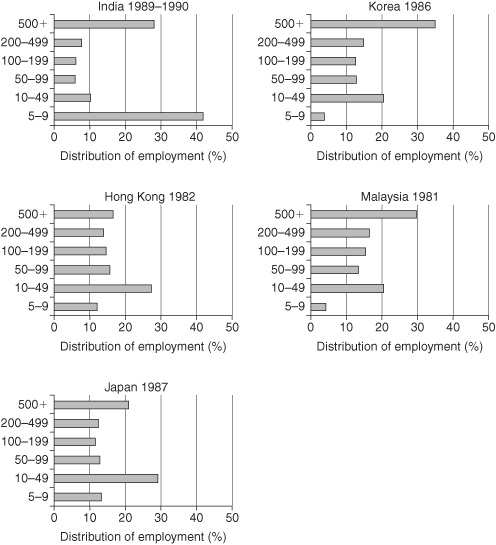AN INVESTIGATION ON THE IMPACT OF GLOBALIZATION ON BANKING INDUSTRY THE CASE OF INDIA AND UK
Post on: 16 Март, 2015 No Comment

AN INVESTIGATION ON THE IMPACT OF GLOBALIZATION ON BANKING INDUSTRY: THE CASE OF INDIA AND UK
1.0 Title
The working title of this research is initially drafted as: An Investigation on the Impact of Globalization on Banking Industry: The Case of India and UK
2.0 Background of the Study
Globalisation affects virtually all the industries and sectors and the banking industry is no exception. Economists believe that the onset of the global integrationism means the globalisation of financial services. Banks, according to Berger et al (2002, have inherent nationality and reach. Other elements that could contribute to the globalization of the banking industry are the emergence of new business models, the emergence of global challenges to banking, the changing attitude and perspectives of the workforce, the emergence of new competitors and the emergence of strategic offshoring. The most important, however, is the ongoing trend of removing regulatory barriers to international banking.
The banking industry of India. for instance, had been revolutionized by globalization. Eighty percent (80%) of the banking business in India are publicly owned, and that globalization advents not only the public banks but the private sector as well. The globalization of Indian banks was facilitated by the advancement in information and communication technology (ICT). Since there are also risks, the Indian government adopted appropriate regulatory, prudential and supervisory framework regarding the banking industry. Some economists assert that this is just one reason why global banks are banking on India. By the end of March 2007, Indian banks increased by 15.8% and the overall growth of the industry was US$1172 billion.
The UK banking industry, on the other hand, is generally characterised by short-term banking services such as lending, deposit-taking, liquidity management, foreign exchange management and other financial services of specific time horizon. In UK also, external auditors plays a crucial role, a process perceived to be as important as surveillance and corporate credibility. There is also an established banking act that governs the conduct of banking that generally attracts the confidence of global banks to bank in the place.
Though much have been written regarding the benefits and downsides of globalization, there are no concrete, empirical evidences on the pros and cons of globalization for the financial industry especially the banking industry. Financial globalization has grown in size and scale but whether the advantages and disadvantages had grown or decreases is not yet known. This paper will consider the case of India and UK.
3.0 Objectives of the Study
The main aim of the study is to explore the impact of globalization to the banking industry based on the practice and experience of Indian and UK banks. The following specific objectives will be addressed:
- To analyze the effects of globalization on domestic banking and to identify on what way does globalization affect the Indian and UK banking industry To determine the benefits and drawbacks of the global integrationism of the banking industry in India and UK with emphasis on the economic gains To distinguish the risks and challenges that Indian and UK banks experienced in terns of globalization To evaluate the role Indian and UK governments and financial policies on the globalization of the domestic banking industry
4.0 Research Methodology
The study will explore the problem in an interpretative view, using exploratory research strategy because it aims to determine the present facts as well as facts that are not yet explored about the phenomenon. Exploratory research will enable the study to look at the problem in both descriptive and exploratory manner. It will look into the problem by exploring the views of different sets of respondents, as well as by exploring different literatures related with the study.
Majority of the research, however, will be secondary data. The literature reviews to be presented in the second chapter of the study will represent the secondary data of the study. The secondary sources of data will come from published articles from business and financial journals and theses and related studies on globalization and the national and international banking industry.
Case study method will be also employed in the study. A case study is a strategy for doing research which involves an empirical investigation of a particular contemporary phenomenon within its real life context using multiple sources of evidence.
The dissertation will be presented in written form with the addition of data charts which will present the project’s results. Pie charts and network charts will be needed to illustrate some of the analyzed data. This cannot be confirmed, however, until the research data have been analyzed.














